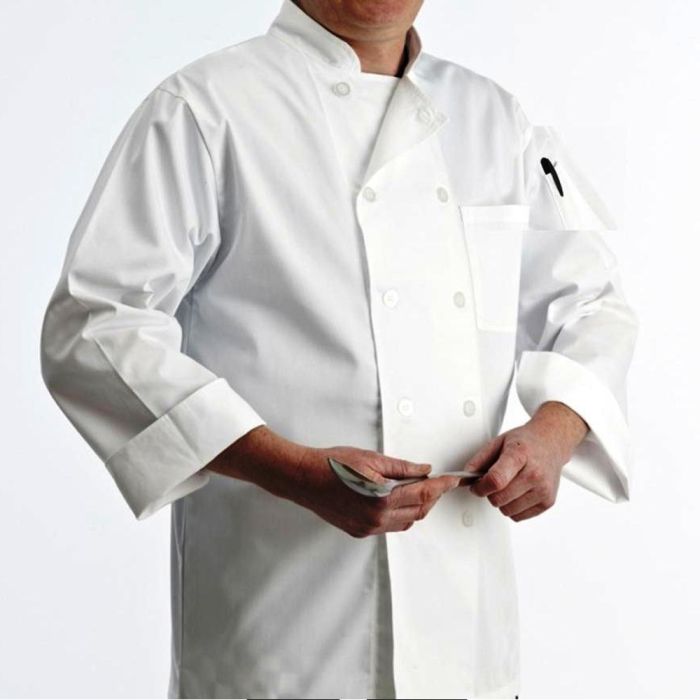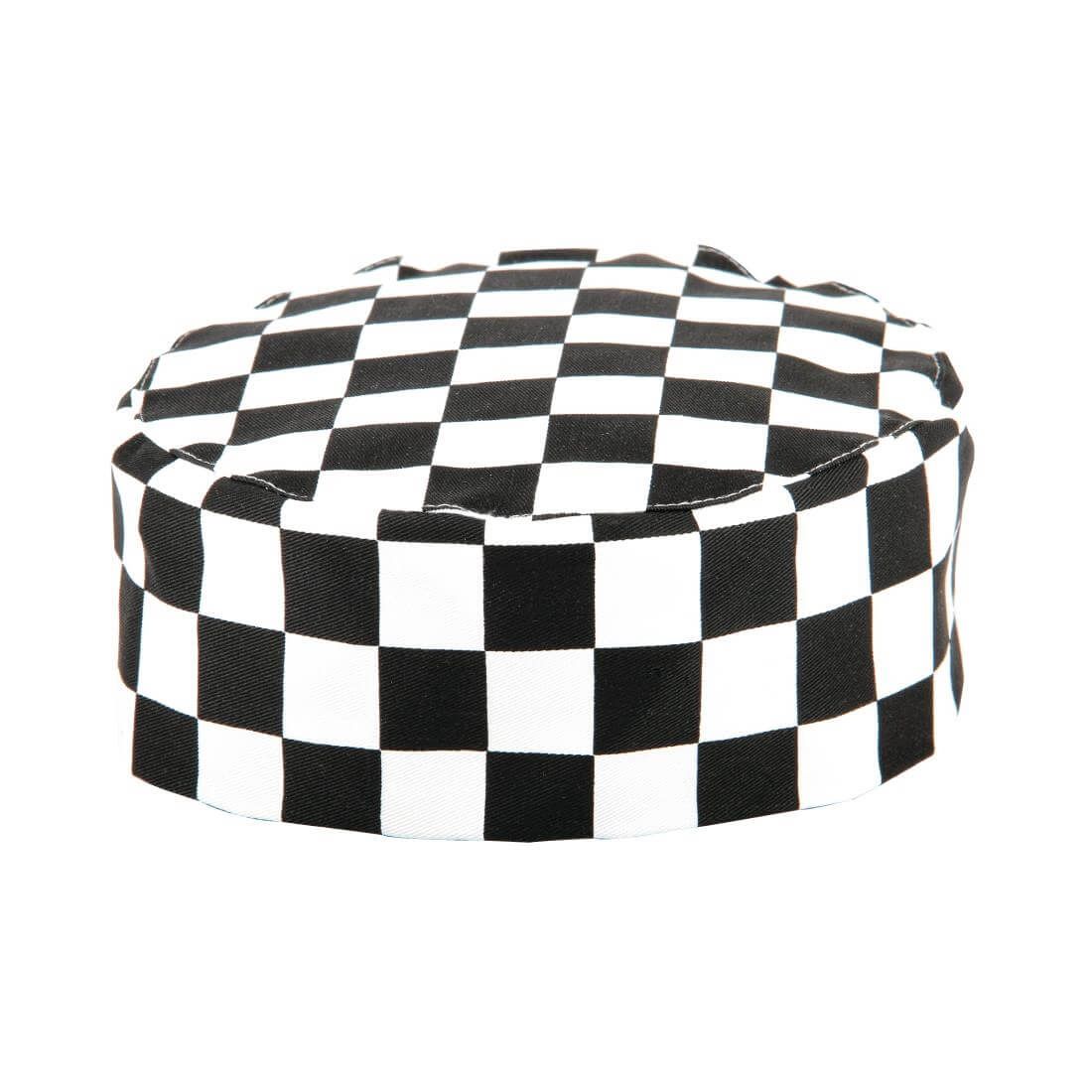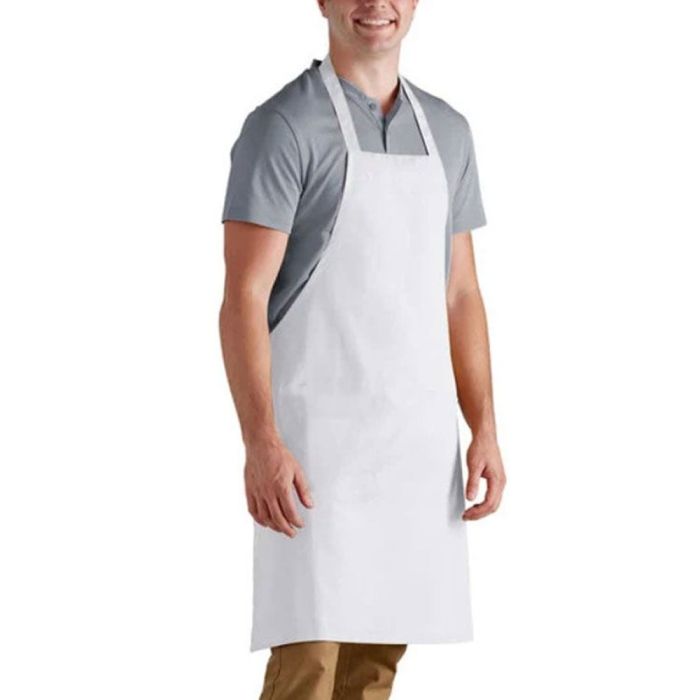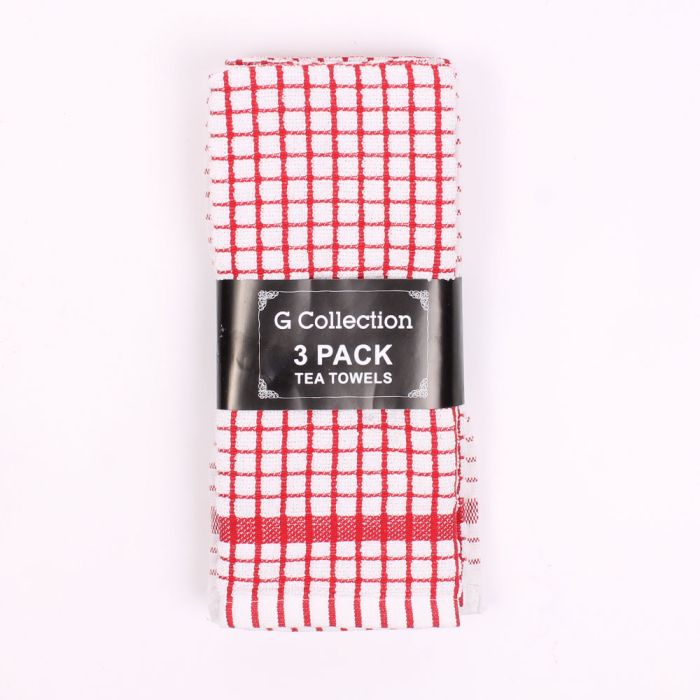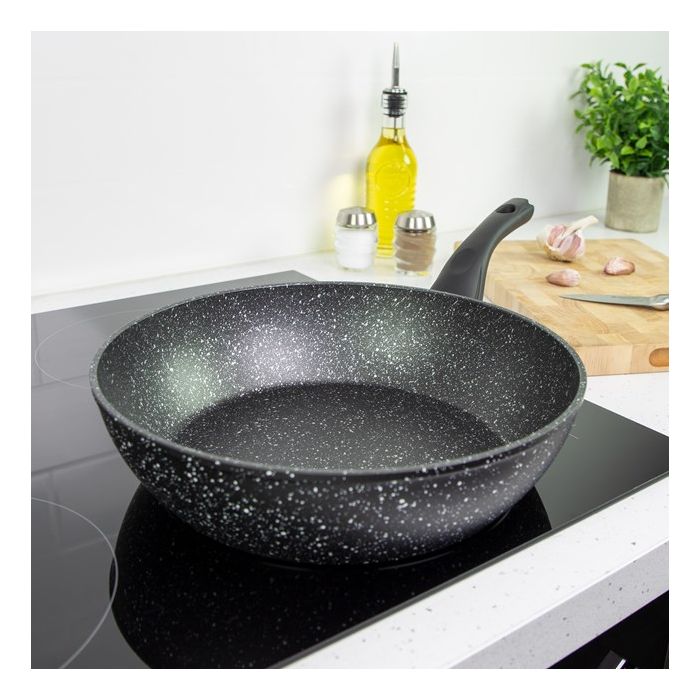Chef & Kitchenwear
In the fast-paced world of professional kitchens, chef clothing plays a vital role in not only maintaining a clean and hygienic environment but also in establishing a sense of professionalism and style. From the iconic chef jackets to the practical aprons, every piece of clothing worn by chefs serves a purpose.
When it comes to the culinary industry, chefs are not only known for their exceptional cooking skills but also for their distinctive attire. Chef clothing not only serves as a uniform but also as a symbol of professionalism and expertise in the kitchen.
Chef jackets, often referred to as chef coats, are the cornerstone of chef attire. These jackets are specifically designed to withstand the demanding environment of a kitchen while providing comfort and protection to the wearer. The classic double-breasted design with its signature buttons has become synonymous with chefs worldwide.
Chef jackets are typically made from durable and breathable materials such as cotton or polyester blends. The lightweight fabric allows air circulation, preventing excessive sweating and maintaining comfort during long hours in the kitchen. The double layer of fabric also adds an extra layer of insulation against heat and spills.
Chef jackets come in various styles and designs to suit individual preferences and organizational requirements
Modern variations may feature mandarin collars or colored trims, allowing chefs to express their personal style while maintaining a professional appearance. Customization options are available, allowing restaurants to add logos or names to the jackets for a personalized touch.
When selecting a chef jacket, it is crucial to pay attention to the fit. An ill-fitting jacket can hinder movement and cause discomfort, while a well-fitted one allows for freedom of motion. Opting for a jacket with ample room in the shoulders and sleeves ensures flexibility during busy service hours.
Long and short sleeve chef jackets offer different benefits and cater to individual preferences. Let's compare these two options to help you make an informed decision.
Long sleeve chef jackets provide full coverage and protection from heat and spills. They are ideal for chefs working in high-temperature environments or those who prefer maximum coverage. The long sleeves also provide an additional layer of insulation, especially when dealing with hot surfaces or open flames. However, they may not be suitable for chefs working in warmer climates or those who prefer more freedom for their arms.
On the other hand, short sleeve chef jackets offer increased breathability and allow for better air circulation, making them a popular choice in kitchens with moderate temperatures. Chefs who require more mobility in their arms or prefer a more casual look often opt for short sleeve jackets. It is important to note that personal preference and the specific kitchen environment should guide your choice between long and short sleeves.
While chef jackets dominate the culinary scene, bakers shirts play a significant role in bakeries and patisseries. These shirts are specially designed to provide comfort and functionality to bakers during their meticulous tasks.
Bakers shirts are typically made from lightweight and breathable materials such as cotton or linen. These fabrics allow bakers to work with dough and other ingredients without feeling overly constricted or sweaty. The loose fit of bakers shirts promotes air circulation, preventing overheating and ensuring optimal comfort throughout the baking process.
Bakers shirts often feature a v-neck or a button-up design, allowing bakers to easily put on or remove the shirt without messing up their hair or makeup. The shirt's collar can be adjusted to protect against flour dust or to create a more professional appearance when dealing with customers.
In the bustling kitchen environment, chef trousers are designed to provide chefs with comfort, durability, and functionality. These trousers are crafted to withstand the demands of a busy kitchen while allowing chefs to move freely and maintain a professional appearance.
Chef trousers are typically made from durable materials such as cotton or polyester blends. The fabric should be breathable to prevent excessive sweating and discomfort during long hours of standing and working in a hot environment. Some trousers incorporate elastane or spandex for added flexibility and ease of movement.
Various styles of chef trousers are available, including baggy, cargo, and tapered designs. Chefs often prefer trousers with an elastic waistband or drawstring for a comfortable and adjustable fit. It is essential to choose trousers that offer ample freedom of movement, especially around the hips and knees, to ensure chefs can perform their tasks efficiently.
The chef hat is an iconic symbol in the culinary world, representing tradition, professionalism, and expertise. These headwear options serve multiple purposes, including hygiene, protection, and style.
Traditional chef hats, also known as toques, are tall and pleated, symbolizing a chef's level of experience and expertise. The height of the hat is traditionally associated with the chef's seniority in the kitchen hierarchy. The tall design helps to prevent hair from falling into the food and also allows air circulation, keeping the head cool.
Alternatively, skull caps are often worn by chefs who prefer a more modern and streamlined look. These caps are typically made from lightweight and breathable materials, such as cotton or polyester, and fit snugly around the head. Skull caps help contain hair, maintain hygiene, and prevent sweat from dripping onto the food.
Both chef hats and skull caps are essential for maintaining a clean and professional appearance in the kitchen. They also contribute to the overall safety and hygiene standards by keeping hair securely in place.
Aprons are an indispensable part of a chef's attire, providing protection against spills, stains, and heat while adding a touch of style. These garments shield clothing from food splatters, hot liquids, and potential kitchen accidents.
Aprons come in various styles, lengths, and materials, each serving a specific purpose. Bib aprons provide full coverage and are suitable for chefs working with messy ingredients or handling large quantities of food. Waist aprons, on the other hand, offer convenience and ease of movement, making them popular among chefs in fast-paced environments.
The material of the apron should be durable and easy to clean. Cotton, polyester blends, and denim are common choices due to their durability and stain-resistant properties. Some aprons feature adjustable neck and waist straps to ensure a comfortable fit for chefs of different sizes.
Aprons also offer an opportunity for branding and personalization. Many establishments add their logos or embroidery to aprons, creating a cohesive and professional image for their staff.

